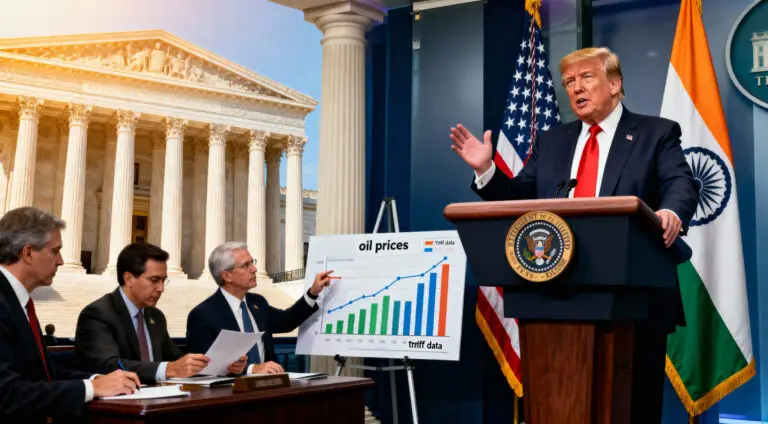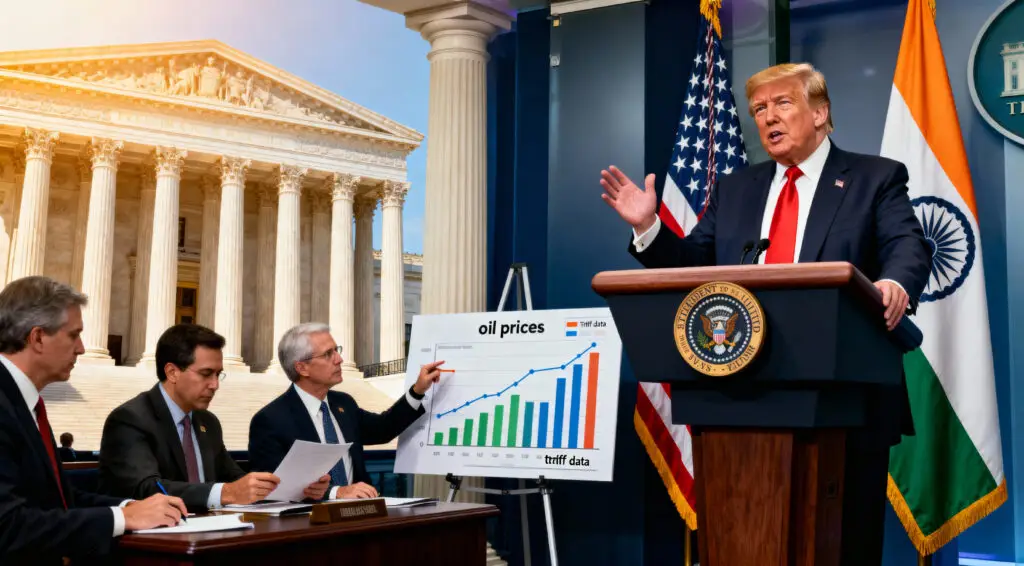WASHINGTON, D.C. — November 7, 2025 — The U.S. government shutdown reached its 36th day, the longest in American history, triggering widespread food aid delays and transportation disruptions. As millions of Americans struggle with hunger and halted paychecks, President Donald Trump has drawn criticism for reportedly focusing on his latest White House ballroom project.
Historic Shutdown Deepens Economic Strain
According to reports, millions of families have faced interruptions in food stamp benefits as federal programs remain frozen. The Supplemental Nutrition Assistance Program (SNAP) has suffered from administrative paralysis, leaving vulnerable citizens without essential resources.
Simultaneously, the Federal Aviation Administration ordered a 10% reduction in flights across major airports due to staff shortages, compounding travel disruptions nationwide. Public frustration has continued to grow as negotiations between the administration and Congress remain stalled.
Trump’s Ballroom Project Sparks Public Outrage
While the shutdown paralyzed key government services, President Trump turned his attention to plans for a lavish new ballroom at the White House, according to the Politics Weekly America podcast hosted by Rachel Leingang and David Smith.
The timing of the project has provoked intense backlash. Critics say the president’s priorities appear disconnected from the ongoing hardships facing millions of Americans. “It’s a stark image — Americans waiting in food lines while the president sketches blueprints for a ballroom,” said political analyst Maria Lopez.
Recommended Article: U.S. Shutdown Deepens as Trump Administration Orders Flight Reductions
Americans Confront Food Insecurity
With federal benefits suspended, local charities and food banks have reported surging demand. The Feeding America network said it has seen a 35% increase in emergency food requests, particularly from households that rely on federal assistance.
Economists warn that prolonged government shutdowns have ripple effects beyond immediate hunger — potentially weakening consumer confidence and regional economies dependent on federal workers.
Public Reaction and Political Division
The ballroom controversy has intensified political divisions in Washington. Supporters of the administration argue that the president is balancing long-term infrastructure improvements with crisis management, while opponents see the project as symbolic of misplaced priorities.
“People are going hungry, federal employees are missing paychecks, and the focus is on chandeliers,” said Senator Elise Warren (D-MA). “This isn’t leadership; it’s negligence.”
Podcast Highlights Public Sentiment
The Politics Weekly America episode highlighted public frustration, featuring interviews with furloughed government workers and struggling families. Many expressed disbelief that aesthetic projects were proceeding while basic programs remained unfunded.
Executive producer Alexandra Topping noted that listener feedback overwhelmingly criticized the administration’s handling of the crisis, with thousands of comments across social media platforms calling for accountability and renewed negotiations.
Lawmakers Push for Resolution
As the shutdown drags on, bipartisan groups in Congress are urging compromise to restore funding for critical services. Negotiators remain deadlocked over key spending provisions, while the White House has yet to issue a timeline for reopening federal departments.
“Every day this continues, real people suffer,” said Representative James Patel (R-TX). “There’s room for negotiation, but the political theater needs to end.”
Growing Pressure on Administration
Political analysts believe the ballroom controversy could mark a turning point in public opinion. With mounting criticism from both parties, the administration faces increasing pressure to end the standoff.
For millions of Americans struggling to access food and transportation, the debate is more than political — it’s deeply personal. The shutdown has transformed daily life into a test of endurance, as the nation waits for leadership to bridge the divide.















